Can Northeasterners Also SELL Pu'er Tea? An English Perspective
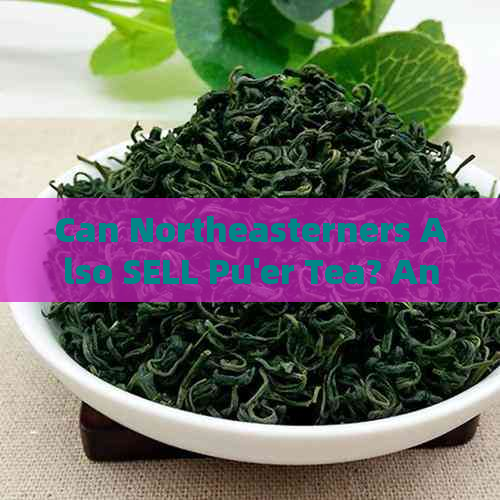
In the vast expanse of China, Pu'er tea, a cherished beverage with a rich history, has long been associated with the southern regions, particularly Yunnan. However, the question arises: Can Northeasterners, known for their robust and hearty culture, successfully sell Pu'er tea? This article delves into the feasibility of this venture, examining the cultural, economic, and marketing aspects from an English perspective.
I. Cultural Perception of Pu'er Tea in Northeast China
II. Economic Viability of Selling Pu'er Tea in the Northeast
III. Marketing Strategies for Northeastern Pu'er Tea Sales
IV. Challenges and Opportunities in Northeastern Pu'er Tea Market
---

I. Cultural Perception of Pu'er Tea in Northeast China
Pu'er tea, with its deep roots in southern China, has a distinct cultural connotation that may not resonate as strongly with Northeasterners. The Northeast is known for its preference for robust and hearty foods, and its tea culture has traditionally leaned towards black and green teas. However, this does not mean that Pu'er tea is entirely alien to the region.

The cultural perception of Pu'er tea in the Northeast is slowly evolving. Many tea enthusiasts and younger generations are showing an increasing interest in the complexities and health benefits associated with Pu'er tea. This shift in perception is crucial for the success of selling Pu'er tea in the region. Educational campgns and tasting events can further bridge this cultural gap, making Pu'er tea more accessible and ealing to Northeasterners.
II. Economic Viability of Selling Pu'er Tea in the Northeast

The economic viability of selling Pu'er tea in the Northeast is a multifaceted issue. The region has a growing middle class with increasing disposable income, making it an attractive market for premium products like Pu'er tea. Moreover, the tourism industry in the Northeast is expanding, providing an opportunity to showcase Pu'er tea to both domestic and international tourists.
However, the cost of transportation and storage can be a significant barrier. Pu'er tea requires specific conditions to age properly, and mntning these conditions in the colder climates of the Northeast can be challenging and costly. Despite these challenges, the potential for growth is substantial, especially if the market is developed with a focus on niche segments and high-quality products.
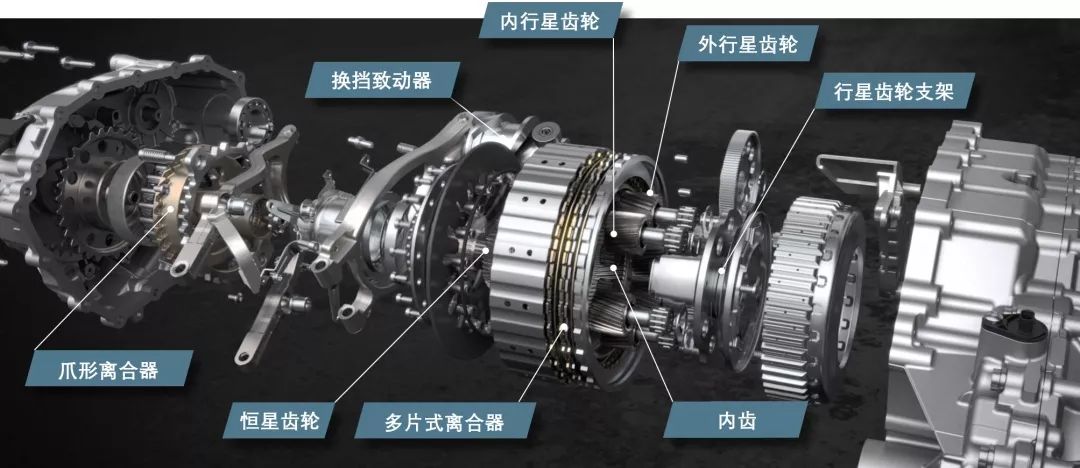
III. Marketing Strategies for Northeastern Pu'er Tea Sales
Marketing Pu'er tea in the Northeast requires a tlored roach that resonates with the local culture and preferences. Here are some strategies that could be effective:

1. Leveraging Local Culture: Incorporating elements of Northeastern culture into the marketing of Pu'er tea can help make it more relatable. For instance, pring Pu'er tea with local cuisine or using Northeastern dialects in promotional materials can create a sense of familiarity and eal.
2. Educational Initiatives: Hosting tea tasting events, workshops, and educational sessions can help demystify Pu'er tea and make it more roachable to the local population. This can also help build a community of tea enthusiasts who can serve as brand ambassadors.
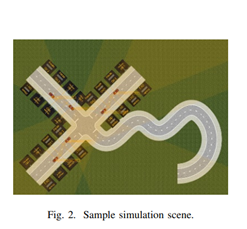
3. Digital Marketing: Utilizing social media platforms and online marketplaces can reach a wider audience. Engaging with customers through live sessions, tea reviews, and interactive content can enhance brand visibility and credibility.
IV. Challenges and Opportunities in Northeastern Pu'er Tea Market
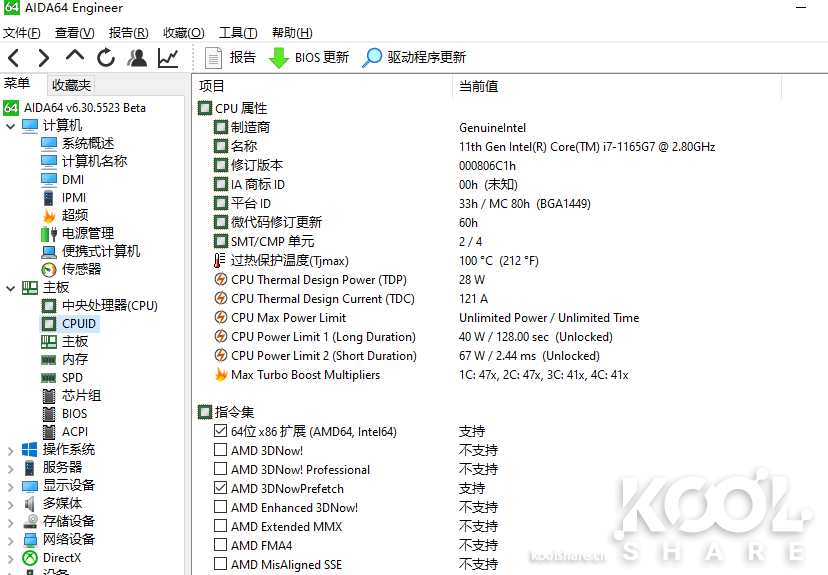
Selling Pu'er tea in the Northeast comes with its set of challenges and opportunities. The primary challenge is the cultural disconnect, which can be overcome through education and marketing efforts. Additionally, the cold climate poses challenges for storage and transportation, but this can be mitigated through the use of modern technology and infrastructure.
On the flip side, the opportunities are significant. The growing interest in health and wellness, combined with the region's economic growth, creates a favorable environment for premium products like Pu'er tea. Moreover, the Northeast's strategic location for trade and tourism can open up new markets and opportunities for expansion.

In conclusion, while there are challenges to selling Pu'er tea in the Northeast, the potential for success is substantial. By understanding and addressing the cultural, economic, and marketing aspects, Northeasterners can carve out a niche in the Pu'er tea market, bringing a taste of the South to the North.




 分享
分享

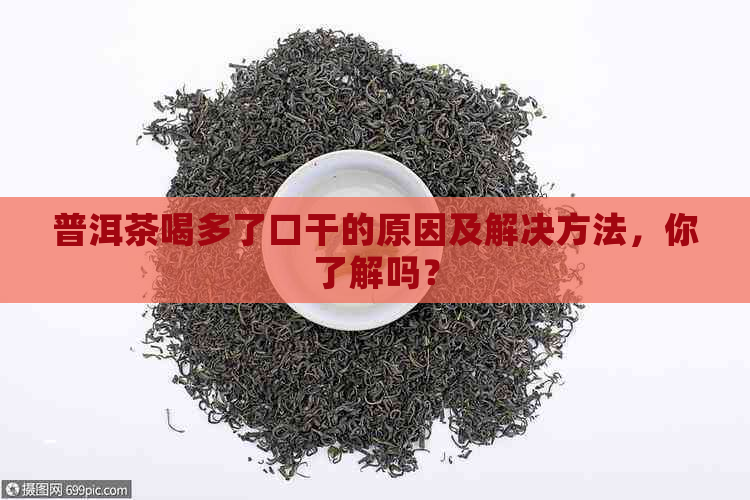
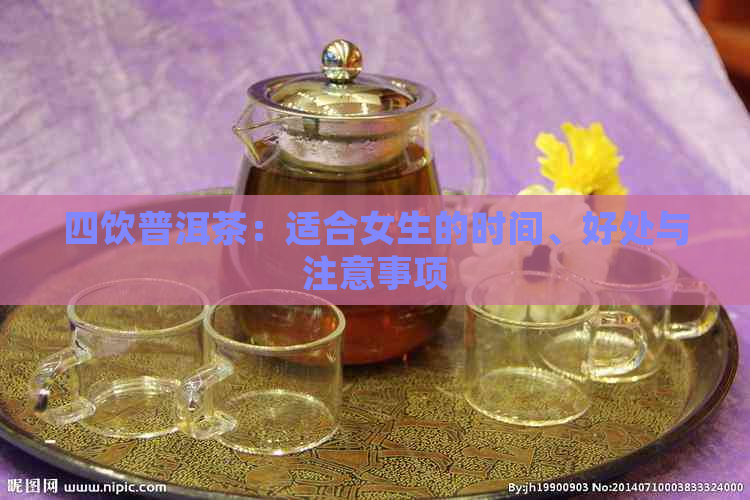



 班章雀贡饼普洱茶-班章雀贡品茶
班章雀贡饼普洱茶-班章雀贡品茶